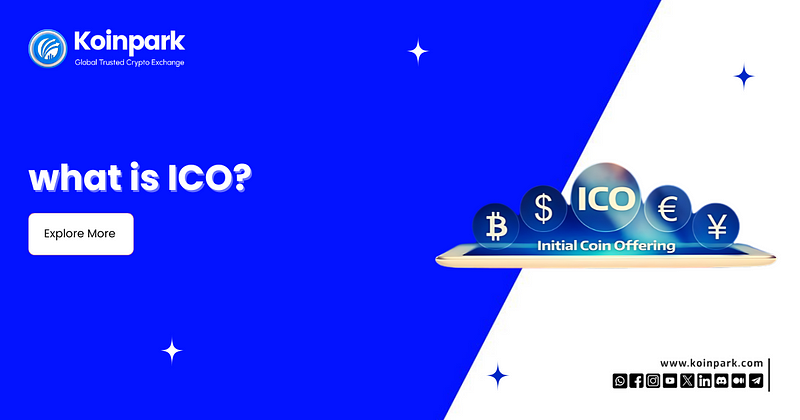Introduction to ICOs
In the cryptocurrency world, ICO stands for “Initial Coin Offering.” It is similar to an IPO (Initial Public Offering) in the traditional financial market, where a company offers its shares to the public to raise capital.
In an ICO, a new cryptocurrency token is sold to raise funds for project development and other purposes.
Comparing ICOs and IPOs
Ownership and Influence: Unlike an IPO, where investors receive shares that represent a stake in the company, ICO participants are generally just buying tokens, which don’t grant any ownership or voting rights in the company developing the token.
Regulation: One of the key differences is regulation. IPOs are heavily regulated by governmental bodies like the SEC, ensuring a level of investor protection. ICOs, however, lack such regulation.
This opens up higher risks for participants, including the potential for fraud and scams, notably “rug pulls” where developers collect funds and disappear without delivering the promised technology.
The Dangers of ICOs
Rug Pulls: This term describes situations where ICO organizers take investor’s money and fail to follow through on the project, essentially ‘pulling the rug out’ from investors.
Many ICOs, especially around the year 2018, turned out to be rug pulls.
Launching a Token on a Global Cryptocurrency Exchange
Step 1: Creating a Whitepaper: This document outlines what the token is about, what problem it aims to solve, how it differs from existing tokens, and the details of the project, including marketing strategies and long-term goals.
This is the first step before approaching a global cryptocurrency exchange for a coin listing.
Step 2: Marketing: Effective marketing is crucial, particularly given the skepticism due to past ICO scams. Strategies include advertising on crypto-specific platforms and engaging with potential investors through social media and crypto communities.
Awareness campaigns can also include how to buy Bitcoin in India, which can attract more users to the platform.
Step 3: Selling the Token: To distribute tokens, creators often use platforms that handle pre-sales and ensure tokens are distributed to buyers, offering a layer of trust and security in the absence of regulatory oversight.
This process often involves trading popular pairs such as BTC to INR or USDT to INR, which are commonly sought after by Indian investors.
Why Participate in an ICO?
Investors typically participate in ICOs hoping the token value will increase, allowing them to sell at a profit. However, this is risky, and many ICOs have failed to deliver on promises or maintain value post-launch.
Conclusio
While ICOs can be high-risk due to the lack of regulation and potential for fraud, they also represent opportunities for innovation in the blockchain space. Prospective investors should conduct thorough research and remain vigilant against scams.
Innovative alternatives for launching new coins, such as token listing and airdrops, could also be considered. These methods potentially offer a safer and more engaging way to introduce new tokens to the market.
Understanding how to buy Bitcoin in India and familiarizing oneself with platforms that facilitate BTC to INR and USDT to INR transactions can significantly enhance an investor’s ability to participate in the global crypto economy.




.png)

Comments